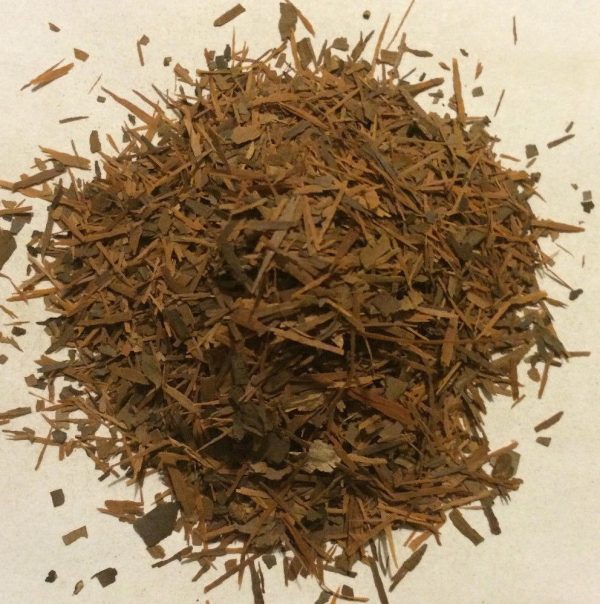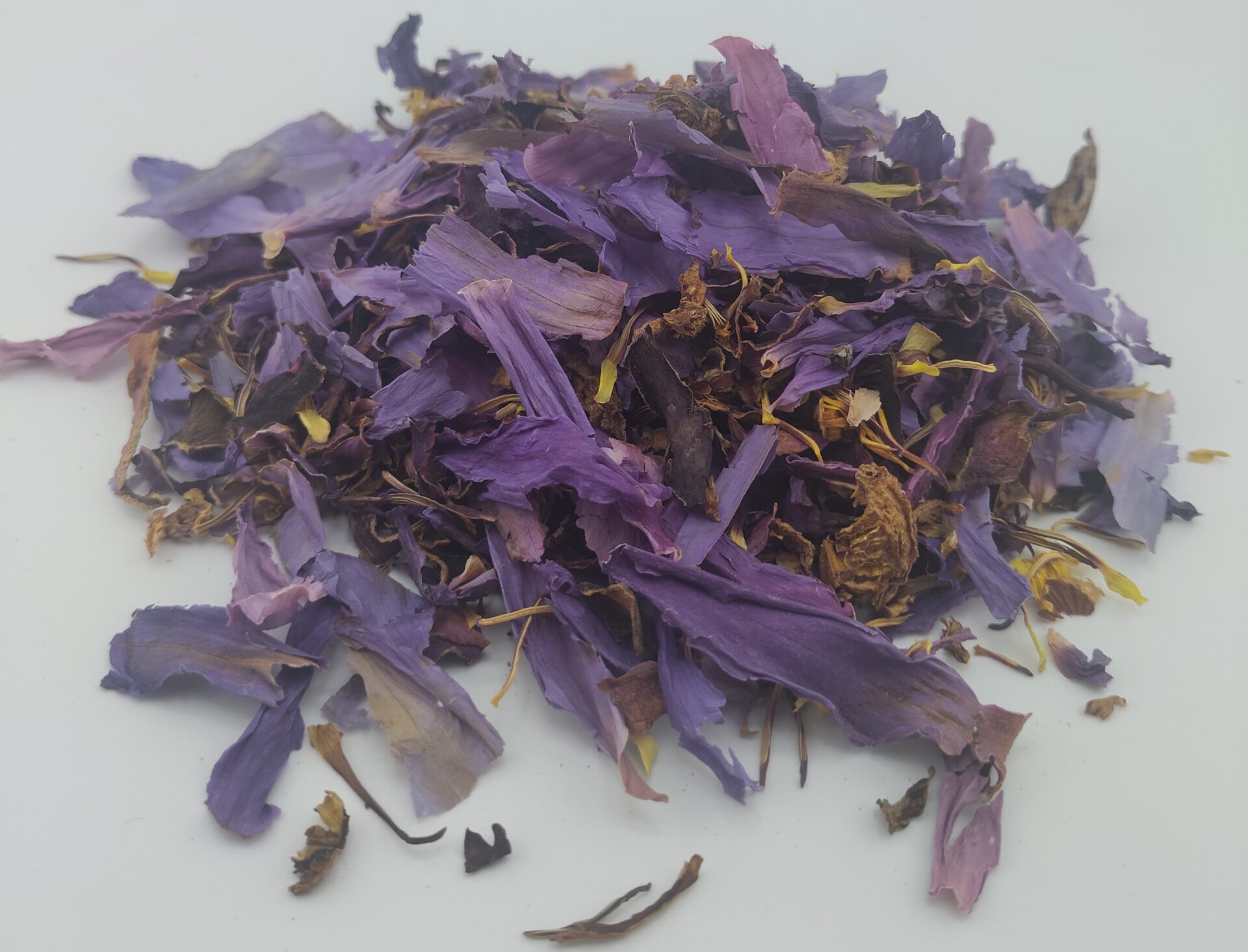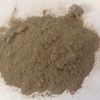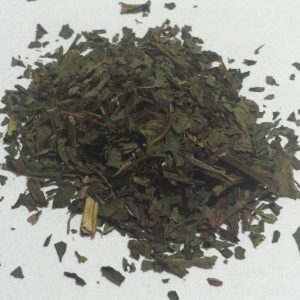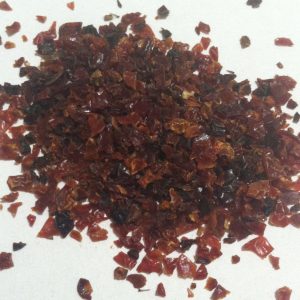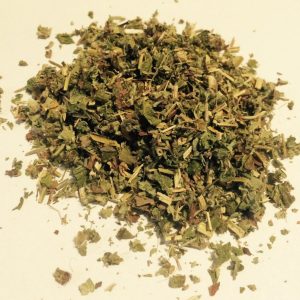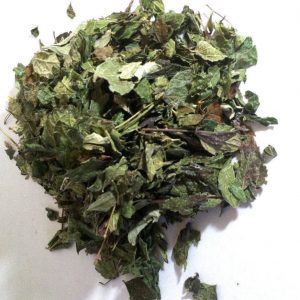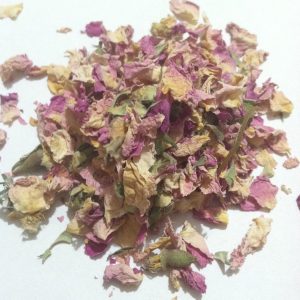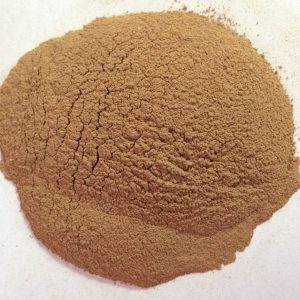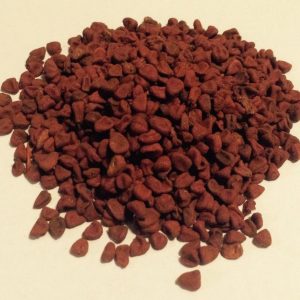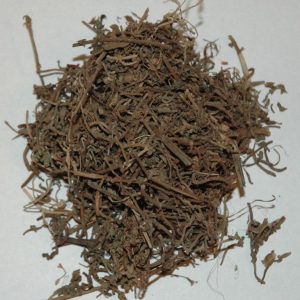Description
Also known as Tabebuia impetiginosa, Tabgebuia avellanedae, Lapacho, and Taheebo, Introduction One of the best known, but least understood, herbs from the Amazonian rainforest, pau d’arco is a key ingredient in the tribal medicine chest. The pau d’arco tree is a huge canopy tree that grows up to 125 feet high, with pink to violet colored flowers. Its history of use is thought to go back to the Incas, and several tribes have been using it to make bows for centuries. Several native names in fact mean “bow stick” or “bow stem”. Constituents Lapachol, lapachone, and isolapachone are the best studied chemical compounds in pau d’arco, although most herbal practitioners attribute the healing power of the herb to its tannins. Parts Used Inner bark. Typical Preparations Tea, tincture or encapsulation. Like cat’s claw, pau d’arco tincture should be taken in water with a little lemon juice so tannins can be absorbed through the colon. Summary The scientific study of pau d’arco is still very preliminary. Precautions Research indicates that it may interfere with blood thinning drugs. Large amounts may be toxic. For educational purposes only This information has not been evaluated by the Food and Drug Administration. This information is not intended to diagnose, treat, cure, or prevent any disease.



